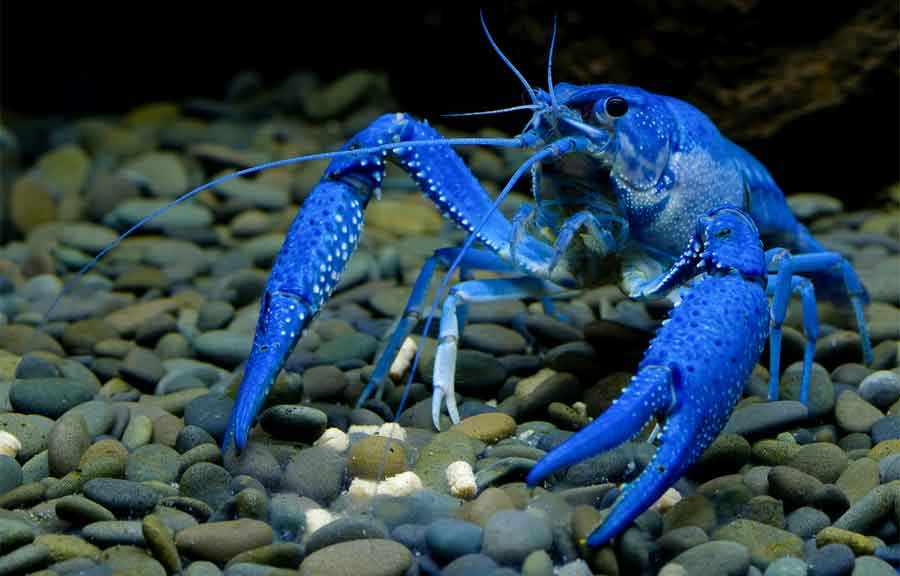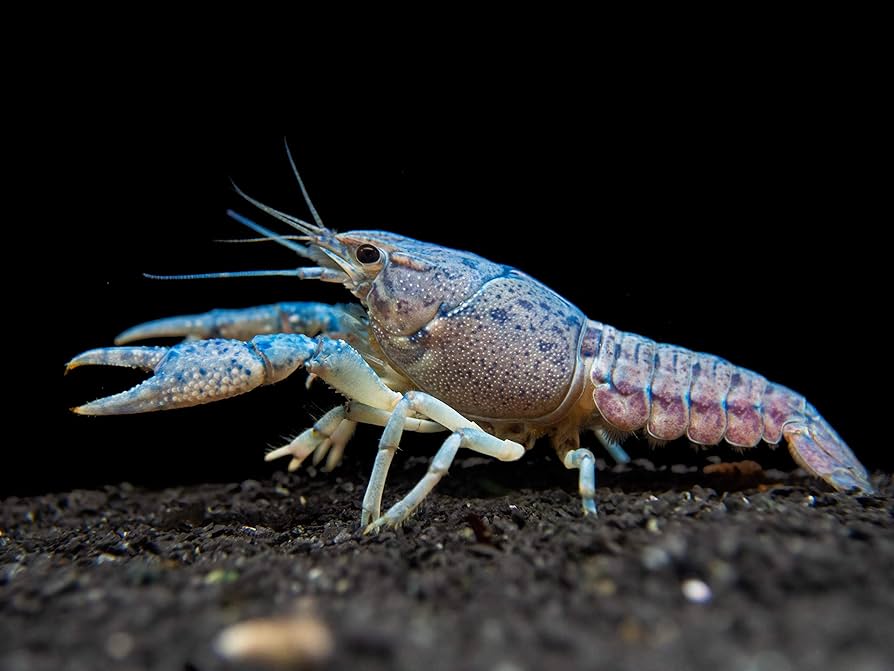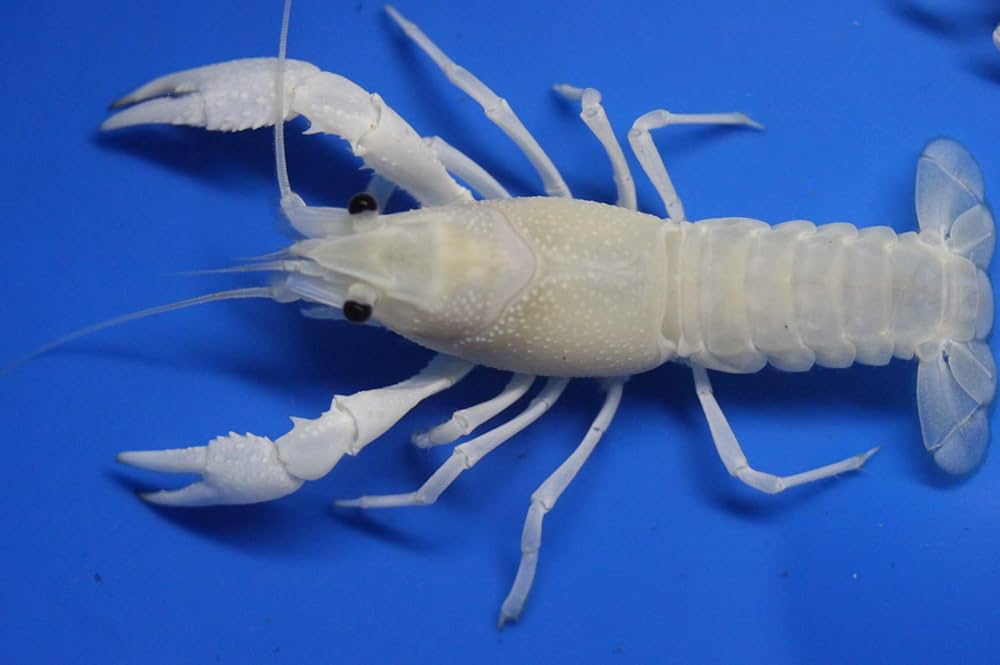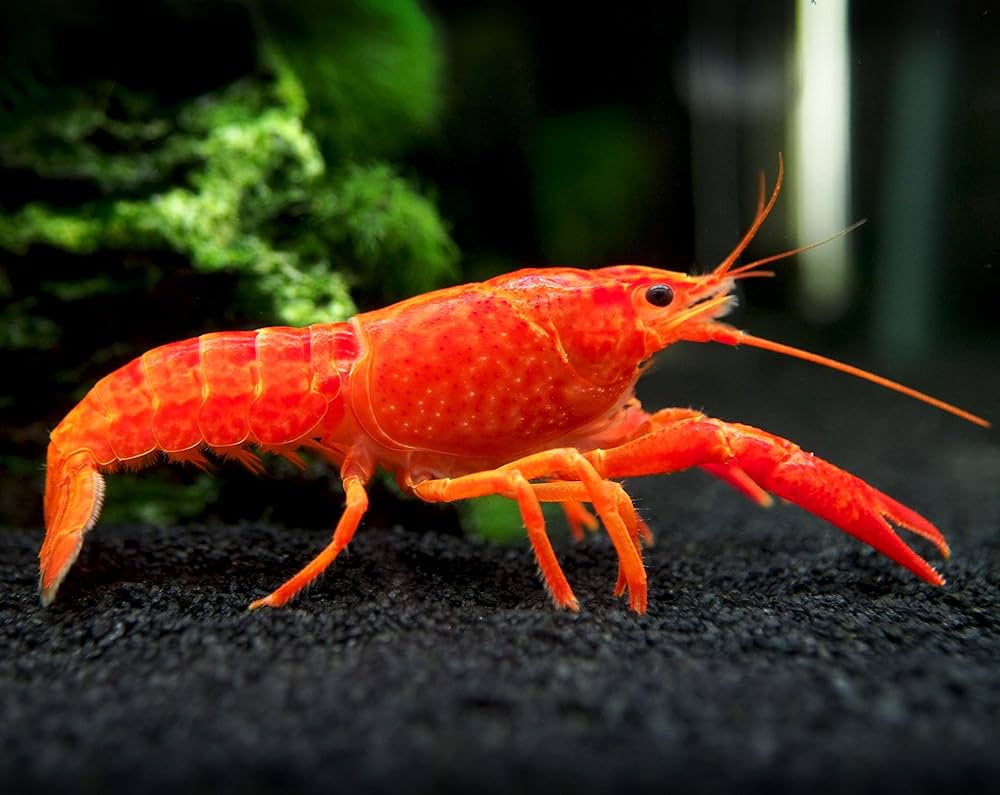I. Introduction
In the realm of unique pets, freshwater crustaceans are gaining increasing popularity, captivating enthusiasts with their diverse forms and intriguing behaviors. Among these fascinating creatures, crawfish, also known as crayfish, stand out as remarkable inhabitants of aquatic ecosystems. Renowned for their segmented bodies, powerful claws, and fascinating life cycles, crawfish offer a unique pet-keeping experience for those seeking an unconventional companion.
II. Unraveling the Enthralling Nature of Crawfish
Crawfish belong to the phylum Arthropoda, class Crustacea, and order Decapoda, a group characterized by their ten legs and segmented bodies. These freshwater crustaceans exhibit a remarkable diversity, with over 500 species found worldwide, inhabiting a variety of aquatic habitats, from streams and lakes to swamps and rice paddies.
Crawfish are distinguished by their robust bodies, typically covered in a hard exoskeleton. Their powerful claws, used for defense, feeding, and mating, are a defining feature. Crawfish possess a well-developed sensory system, including compound eyes, specialized antennae, and chemoreceptors that allow them to detect chemicals in the water.
Beyond their physical attributes, crawfish exhibit captivating behaviors that reveal their intricate connection to their aquatic environment. As detritivores, they play a crucial role in the ecosystem by consuming decaying organic matter, contributing to nutrient cycling. Crawfish communicate through pheromones, releasing chemical signals to attract mates, defend territories, and warn of predators. Their fascinating reproductive cycle involves molting, shedding their old exoskeleton to make way for a new, larger one.
III. Considering a Crawfish as a Companion: A Comprehensive Assessment
Before welcoming a crawfish into your home, it is crucial to carefully consider the suitability of these remarkable creatures as pets. Crawfish are not domesticated animals, and they retain their wild instincts. They are solitary creatures that do not require constant interaction or attention. Additionally, their specific habitat requirements, including a spacious aquarium and proper water parameters, may not align with the lifestyles of all pet owners.
Ethical considerations surrounding crawfish ownership should not be underestimated. Ensure that your crawfish is sourced from a reputable breeder or rescue organization to prevent the illegal pet trade and support responsible breeding practices. Research local regulations regarding crawfish ownership to ensure compliance.
The financial commitment required for crawfish care should not be overlooked. Spacious aquariums, specialized filtration systems, and a varied diet can add up to significant expenses. Be prepared to invest in the long-term well-being of your crawfish companion.
IV. Preparing a Home for Your Crawfish Companion
Creating a stimulating and spacious aquarium is essential for your crawfish’s physical and mental well-being. The aquarium should mimic the crawfish’s natural habitat, providing ample space for movement, hiding places, and climbing structures. A substrate that promotes drainage and allows for digging behavior, such as a mixture of gravel and sand, is crucial for their health.
Proper water parameters are essential for maintaining your crawfish’s health and well-being. The ideal water temperature ranges between 65-75 degrees Fahrenheit, while the pH should be maintained between 6.8-7.5. Nitrogen levels, including ammonia, nitrite, and nitrate, should be kept at minimal levels through regular water changes and filtration.
V. Nurturing a Bond with Your Crawfish Companion
Respecting your crawfish’s solitary nature is essential for building a harmonious relationship. Allow your crawfish time to adjust to its new environment and avoid forcing interaction. Handle your crawfish gently and with care, avoiding sudden movements or loud noises.
Learning to interpret your crawfish’s body language and behavior is key to understanding its needs and moods. A relaxed crawfish will typically sit with its claws tucked under its body, while an agitated crawfish may fan its swimmerets or snap its claws. Observe your crawfish’s behavior closely to identify signs of stress or discomfort.
VI. Maintaining the Well-being of Your Crawfish Companion
Establishing a regular feeding schedule with a varied diet of live or frozen aquatic plants, vegetables, and occasional protein sources is essential for your crawfish’s health. Consult with an experienced veterinarian or animal nutritionist to determine the specific dietary needs of your crawfish species. Provide fresh, clean water at all times, ensuring proper filtration and aeration. A shallow water dish is ideal, allowing your crawfish to drink and soak its claws.
Regularly inspect your crawfish for signs of illness, such as lethargy, loss of appetite, or unusual skin lesions. If you notice any concerns, consult with an experienced veterinarian promptly. Early diagnosis and treatment can improve the chances of a successful recovery.
VII. Crawfish and the Wider World: Conservation and Environmental Considerations
Crawfish play a vital role in their ecosystems, acting as natural scavengers and contributing to nutrient cycling. However, several crawfish species face conservation threats due to habitat loss, pollution, and the illegal pet trade. Responsible pet ownership includes supporting conservation efforts. Choose crawfish from reputable sources that prioritize ethical breeding practices and contribute to conservation initiatives. Educate others about the importance of crawfish conservation and encourage responsible pet ownership practices. By understanding the threats to crawfish populations, we can advocate for their protection and ensure their continued existence in the wild.
VIII. Additional Considerations
Crawfish hold cultural significance in various societies. Additionally, in the southern United States, they are a popular culinary delicacy, often boiled and seasoned with unique spices. Therefore, exploring the diverse cultural interpretations of crawfish can deepen our appreciation for these fascinating creatures. However, the introduction of crawfish as pets can potentially impact local ecosystems if they escape or are released into the wild. For example, crawfish are skilled burrowers and can potentially damage landscaping or compete with native species for resources. Therefore, be aware of the potential risks and ensure your crawfish is securely housed. Responsible pet ownership requires considering the wider environmental impact of our choices.
IX. Conclusion
Crawfish, with their unique appearance, captivating behaviors, and ecological importance, offer a rewarding, yet unconventional, pet experience. However, welcoming them into your home requires a commitment to providing them with the care, attention, and respect they deserve. Responsible pet ownership means understanding their needs, creating a stimulating environment, and prioritizing their well-being. Crawfish are not low-maintenance pets, and their wild instincts should be respected.
X. Future Perspectives in Crawfish Care and Conservation
Advancements in crawfish nutrition and healthcare are constantly evolving. Research into their dietary needs and potential health concerns can improve their overall lifespan and well-being in captivity. Additionally, technological advancements may offer new tools for monitoring crawfish behavior and water quality, allowing for more personalized care and a deeper understanding of these fascinating creatures.
The future of crawfish conservation also holds promise. Educational programs and public awareness campaigns can promote responsible crawfish ownership and encourage support for conservation initiatives. Collaborations between breeders, veterinarians, and conservation organizations can pave the way for a future where crawfish thrive both in their natural habitats and as cherished companions in our homes.
XI. Crawfish: Fascinating Denizens of Freshwater Ecosystems
Crawfish, for centuries, have captivated human curiosity with their distinctive exoskeletons, powerful claws, and intriguing life cycles. Additionally, as we contemplate welcoming them into our lives, it is crucial to approach their care with a sense of responsibility, respect, and a deep appreciation for their wild nature. By understanding their needs, providing them with a stimulating environment, and supporting conservation efforts, we can ensure that crawfish continue to grace our aquariums as cherished companions and ambassadors of the freshwater world. Furthermore, remember, crawfish are not simply pets; they are fascinating denizens of freshwater ecosystems with a vital role to play in the delicate balance of our aquatic environments. By choosing responsible ownership and prioritizing their well-being, we can forge a lasting bond with these remarkable creatures and contribute to the preservation of their beauty and wonder for generations to come.




